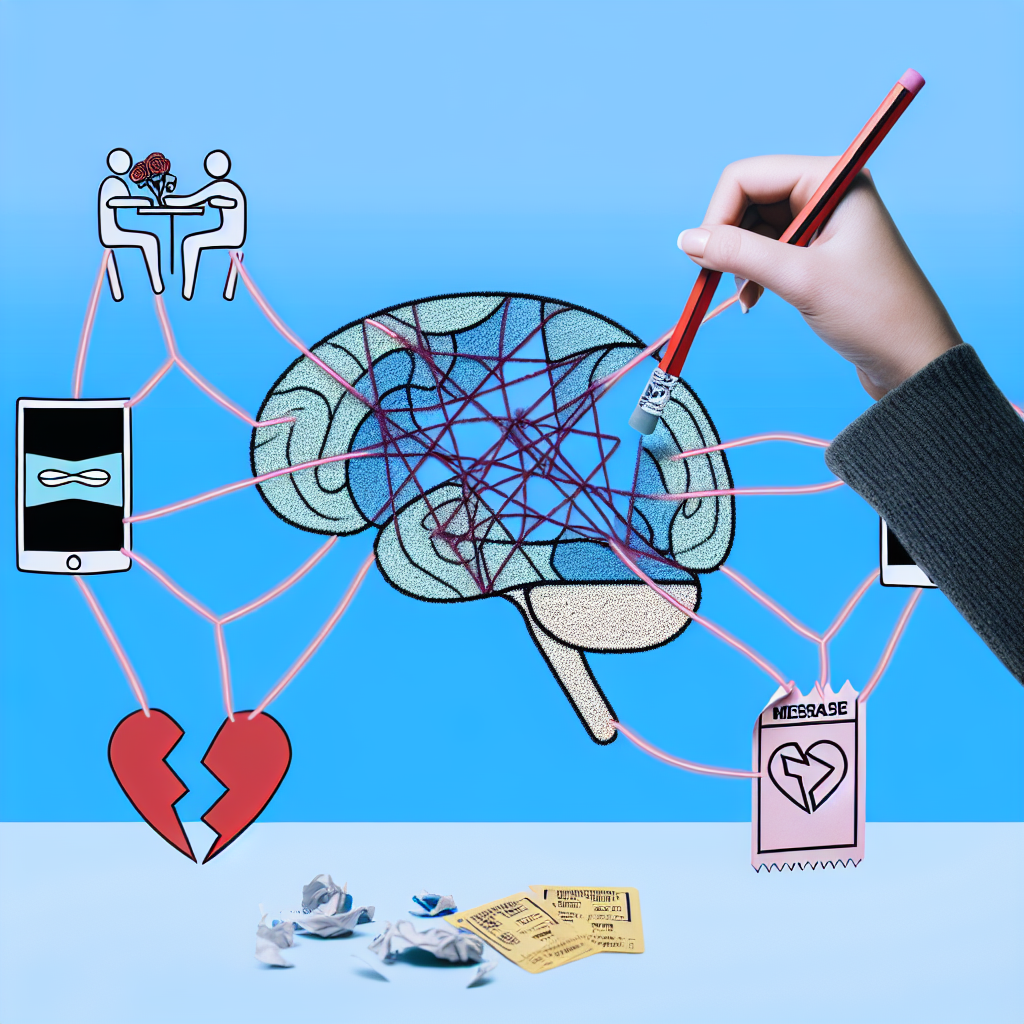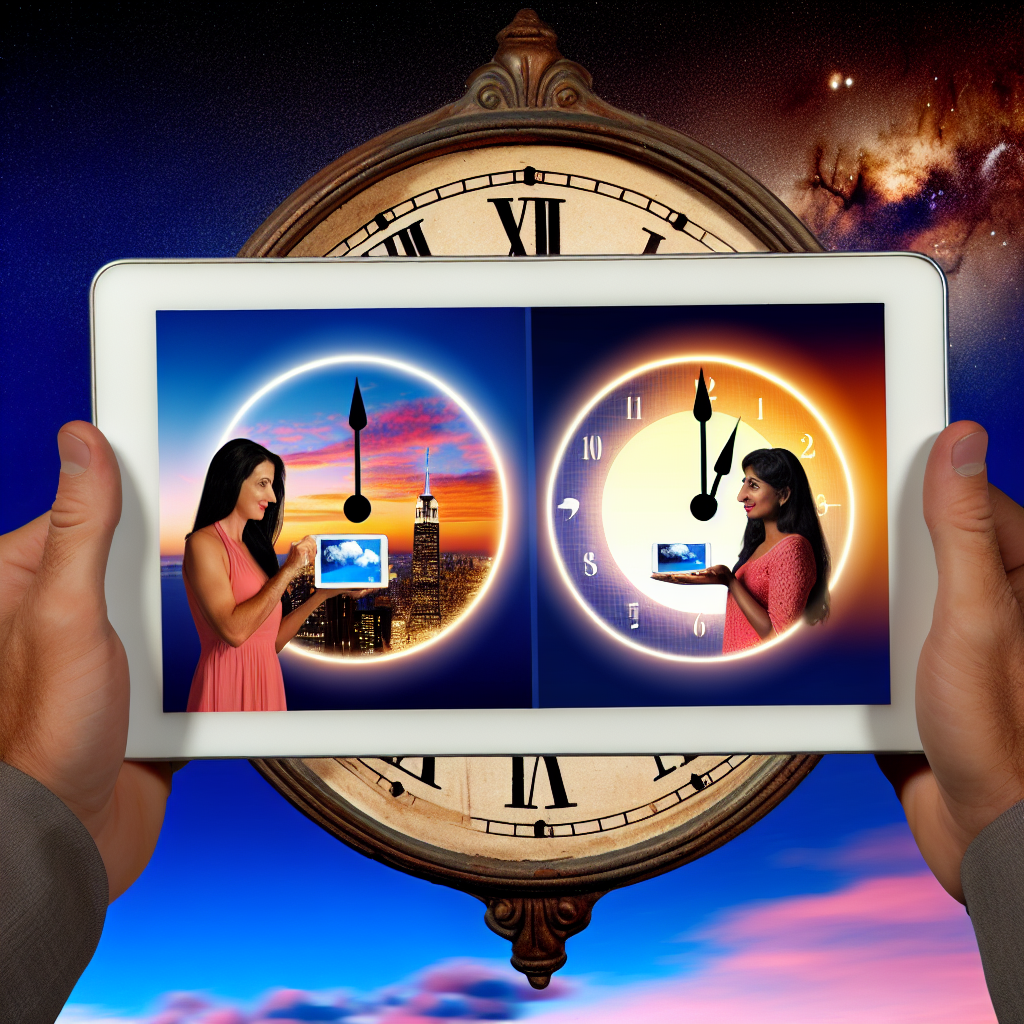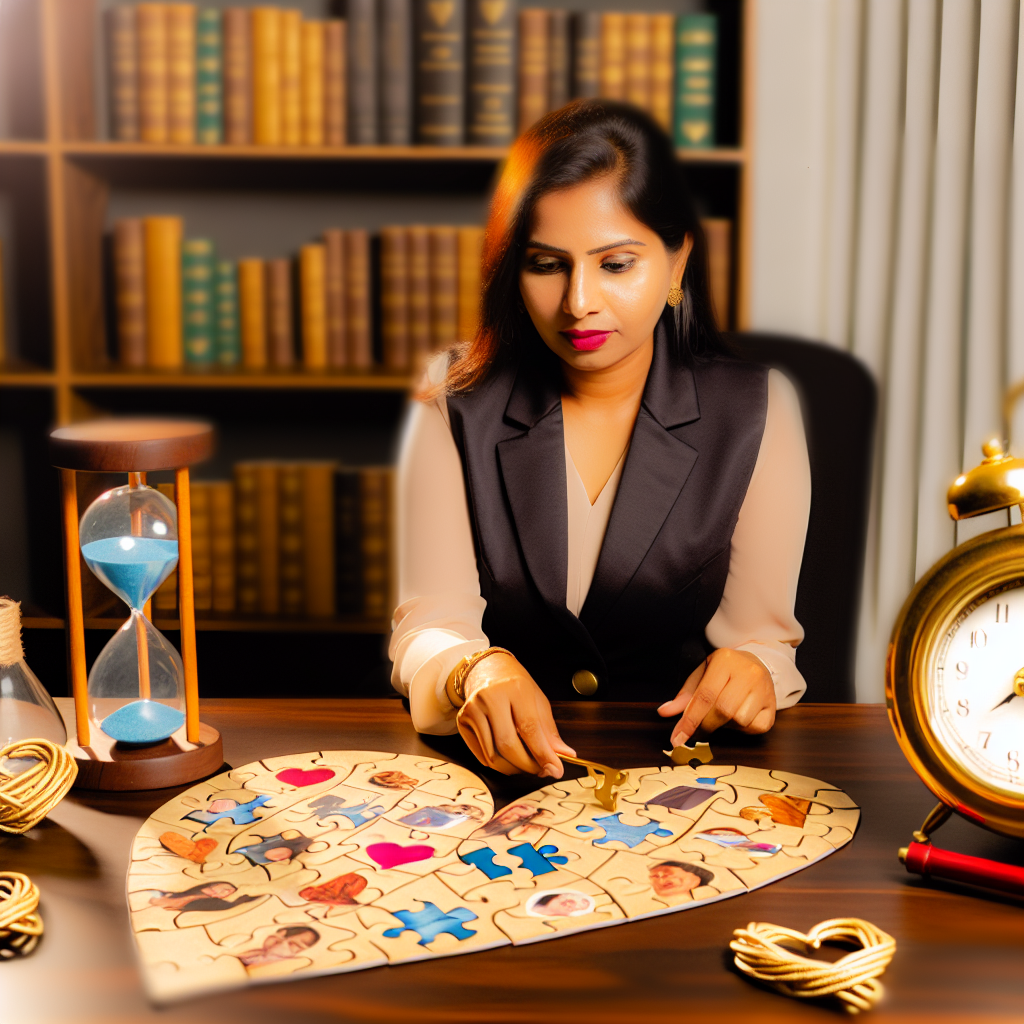Why Your “Type” is Your Biggest Blind Spot – Using Cognitive Psychology to Break Ineffective Dating Patterns
Introduction
When it comes to dating, most people have a sense of their “type.” It may be based on appearance, personality traits, lifestyle, or shared interests. Over time, you may unconsciously filter potential partners through a narrow lens shaped by past relationships, cultural influences, and personal preferences.
But what if your type is less a reflection of meaningful compatibility and more a framework built on outdated emotional blueprints? According to principles in cognitive psychology, your dating preferences are often constructed around mental shortcuts—or heuristics—that may keep you stuck in ineffective patterns.
These patterns can lead to the repetition of unfulfilling relationships, a psychological phenomenon known as “repetition compulsion.” This unconscious drive compels people to recreate unresolved dynamics from past relationships—not because they are healthy, but because they are familiar. For example, if you repeatedly fall for emotionally unavailable people, it’s not necessarily because they are who you’re truly compatible with—it’s because their behavior reflects familiar emotional territory that your brain identifies as “normal.”
The reality? Your type may not be guiding you toward love—it could be pulling you into the same old patterns with new faces. By examining the cognitive psychology behind romantic decision-making, you can loosen the grip of your type and open yourself to healthier, more authentic connections.
Cognitive Psychology Meets Dating Patterns
Contemporary research offers keen insights into why people repeat the same dating mistakes. A 2019 study published in Nature Human Behaviour analyzed more than 11,000 online dating profiles. It found that most individuals gravitate toward new romantic partners who have similar personality traits as their exes—even when those past relationships were unsatisfying.
This tendency can be explained by several key concepts:
1. Confirmation Bias
Confirmation bias is the brain’s tendency to seek out information or experiences that validate our existing beliefs. If you believe that “love must feel like a rollercoaster,” you are more likely to be drawn to emotionally intense relationships, even if they lack long-term stability. This bias can blind you to potential partners who are calm, reliable, and genuinely good for you—but who don’t create emotional chaos that feels familiar.
2. Attachment Patterns
Attachment theory, developed by John Bowlby and expanded by Mary Ainsworth, explains that people develop one of several attachment styles—secure, anxious, avoidant, or disorganized—based on childhood interactions with caregivers. Those with anxious or avoidant attachment styles often subconsciously recreate similar dynamics in their romantic lives. For example, anxious daters may pursue partners who offer intermittent affection because it mirrors the emotional uncertainty they experienced growing up. This can feel passionate or intense—but it’s not necessarily healthy.
3. Cognitive Dissonance
Cognitive dissonance, a theory developed by Leon Festinger, refers to the psychological discomfort experienced when actions conflict with beliefs. For example, you may think, “I deserve a stable, loving relationship,” but consistently choose people who treat you poorly. To reduce the inner conflict, you may rationalize poor treatment (“They’re just going through something” or “They didn’t mean to hurt me”) rather than face the uncomfortable realization that your choices are misaligned with your values.
4. Mere-Exposure Effect
The mere-exposure effect, identified by social psychologist Robert Zajonc, suggests that people develop preferences for things they encounter frequently. In dating, this means you might find yourself repeatedly drawn to familiar personality types—even if prior encounters have been painful or unsuccessful. This is why many people fall into the trap of saying, “I don’t know why, but I’m just attracted to that kind of person.”
Rewiring the Pattern
Understanding these psychological patterns is only the first step—rewiring them requires conscious effort. Here are some strategies based on cognitive-behavioral principles:
– Journaling: Track your emotional reactions and dating choices to identify patterns.
– Therapy: Work with professionals to address unresolved attachment issues and develop healthier relationship models.
– Date outside your type: Experiment with dating people who don’t immediately “spark” your usual attraction reflex but who demonstrate emotional maturity and compatibility.
– Mindfulness practice: Develop awareness of your emotional impulses so that you can respond, rather than react, in dating scenarios.
Ultimately, tools that increase self-awareness can help retrain the brain to choose partners who align with your present needs, not your past wounds.
Conclusion
Your long-held attraction to a specific “type” may be more rooted in psychological repetition than compatibility. Cognitive biases and attachment patterns often trick you into chasing familiar—but unfulfilling—connections. But when you bring awareness to these patterns, you gain the power to interrupt them.
By shifting your dating approach from automatic to intentional, you begin to prioritize qualities that support relationship satisfaction—like emotional safety, communication skills, and shared values. Let go of the limitations posed by your “type” and open yourself to the unknown—because true compatibility often lies just outside your comfort zone.
References
– Eastwick, P. W., Joel, S., et al. (2019). “People tend to date those with similar personalities to their exes.” Nature Human Behaviour.
– Bowlby, J. (1969). Attachment and Loss. New York: Basic Books.
– Ainsworth, M. D. S. (1985). Patterns of attachment. Clinical Psychologist.
– Zajonc, R. B. (1968). “Attitudinal effects of mere exposure.” Journal of Personality and Social Psychology.
– Festinger, L. (1957). A Theory of Cognitive Dissonance. Stanford University Press.
Concise Summary
Sticking to a specific “type” in dating often leads people to repeat unhealthy patterns by relying on familiar but flawed cognitive and emotional cues. Cognitive psychology reveals how biases like confirmation bias, repetition compulsion, and the mere-exposure effect drive these tendencies. By understanding these brain-based traps—and applying tools like therapy, journaling, and conscious dating—you can break free from relationship ruts. The path to lasting love lies not in comfort or familiarity, but in mindful, emotionally informed choices that reflect who you are today—not who you were in the past.

Dominic E. is a passionate filmmaker navigating the exciting intersection of art and science. By day, he delves into the complexities of the human body as a full-time medical writer, meticulously translating intricate medical concepts into accessible and engaging narratives. By night, he explores the boundless realm of cinematic storytelling, crafting narratives that evoke emotion and challenge perspectives. Film Student and Full-time Medical Writer for ContentVendor.com




